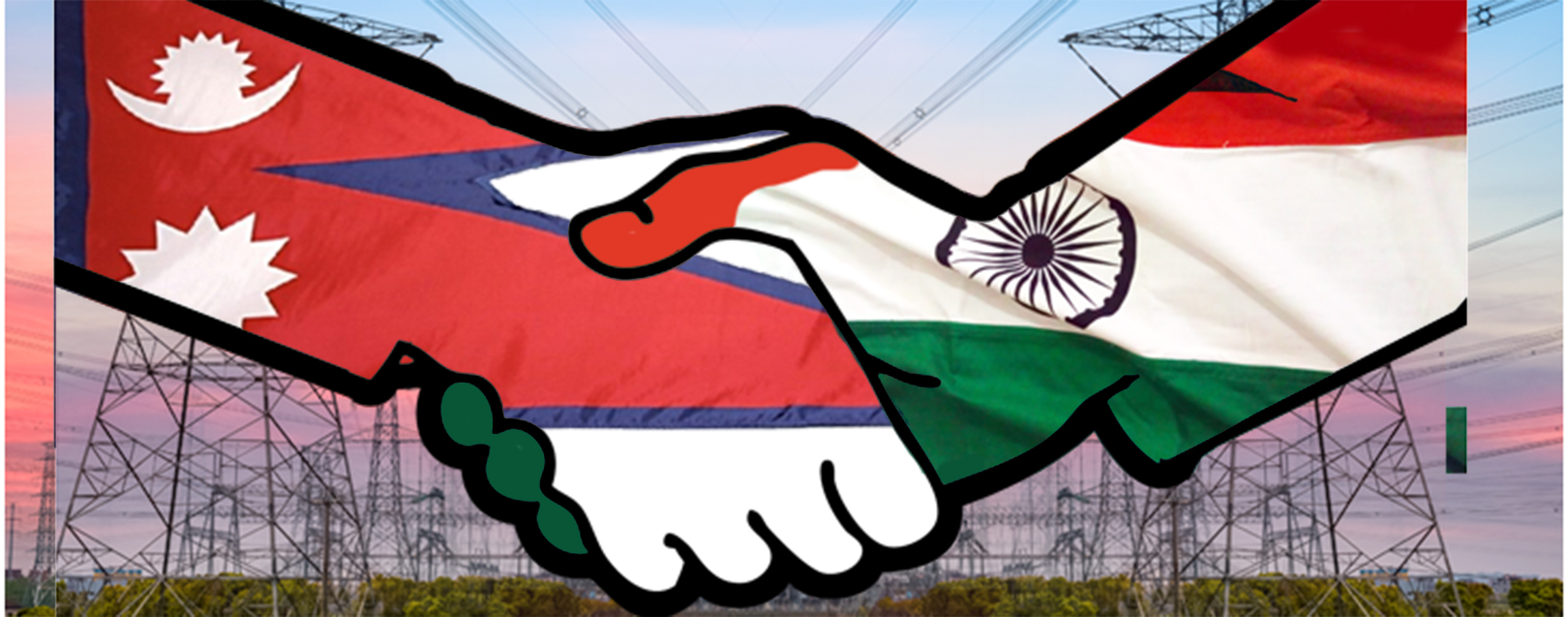
I pray, that this handshake with Nepal too does not get tabled as another disappointing case study amongst foreign trade scholars
Manish K. Pandey | @TheDollarBiz
Finally, India has signed the much-debated power agreement with Nepal. The accord, which many term as a milestone, is supposed to strengthen trade ties between the two neighbours and create a win-win situation for both. Many also see it as “New Delhi’s efforts to grow its influence among its smaller neighbours”, to which I agree to a certain extent. There is nothing wrong in it, if that was the way it was intended. For isn’t that what many superpowers have been doing for a long time? The real concern, though, is that India doesn’t end up on the losing side once again, a fear that stems from what has been in vogue as far as most of its bilateral and multilateral trade agreements are concerned.
There has been much confusion and an excessive display of concern (or rather distress!) lately about free trade agreements (FTAs), preferential trade agreements (PTAs), bilateral trade pacts and their impact on the Indian economy. Some valid concerns have been highlighted by onlookers. For instance, a Commerce Ministry analysis proves how following India’s FTA with Malaysia, Japan and ASEAN, preferential exports (with the ministry’s unique definition of the basket of products) to these countries or regions have increased by about 3.5%, 20% and 17% respectively. These numbers do look impressive at first sight. But beneath the surface, dullness prevails. Considering that preferential imports from these countries too have increased at an equal pace – if not faster – kills the very excitement of imagining that India may actually have done well to validate the nation’s case of being a superlative player in the area of earning forex. I pray, that this handshake with Nepal too does not get tabled as another disappointing case study amongst foreign trade scholars.
Thankfully, the India-Nepal accord does have the firepower to delight us.
A cursory look at the way the agreement has been worded makes it appear different from others concluded in the past. It is focussed. It is not over ambitious. And it looks real!
The eight-point agreement (effective for the next 25 years) involves setting-up of transmission lines, power grids and buying and selling of electricity during shortages. Certainly, it’s good news for a power-starved nation like India (in FY2014, India’s power shortage was almost 43,000 million units) that the country can now exploit Nepal’s massive hydropower potential estimated to be around 42,000 MW. That’s not the real perk. The biggest advantage that India actually gets is that its homegrown companies are allowed to make 100% investment in Nepal’s hydropower, something that will not only result in a monopoly, but will also discourage other foreign investors. In fact, this is exactly the extent to which India should have exploited its other preferential trade agreements with various countries. [Like in this particular deal, India shouldn’t bend down to compromising beyond a certain degree.]
Coming back to where I started, India should now divert its attention to newer such bilateral trade pacts and play them to its wholesome advantage. Even if that means shaking a leg with a weaker neighbour. Such agreements will not only strengthen India’s geopolitical stand in the South-East Asian region, but also bring in some respite for the Indian economy that is grappling with an ever-widening trade deficit (over $100 billion every year for the last five years). Interestingly, SAARC is perhaps the only bloc with which India enjoys trade surplus.
So, rather than negotiating an FTA with China or contemplating upgrading its existing accords with South Korea, Singapore, Japan, etc., Indian policymakers should now try and revive its relationships with other SAARC and ASEAN members. Nations in Africa should also be considered.
It won’t be easy.
Both intent and courage on the part of our policymakers and diplomats will be required. Whether India can make profitable compromises in near future with foreign trade partners is an outcome that time will reveal. Until then, we can only hope that India’s upper hand in existing (bilateral and multilateral) relationships only grows stronger.
Get the latest resources, news and more...
By clicking "sign up" you agree to receive emails from The Dollar Business and accept our web terms of use and privacy and cookie policy.
Copyright @2025 The Dollar Business. All rights reserved.
Your Cookie Controls: This site uses cookies to improve user experience, and may offer tailored advertising and enable social media sharing. Wherever needed by applicable law, we will obtain your consent before we place any cookies on your device that are not strictly necessary for the functioning of our website. By clicking "Accept All Cookies", you agree to our use of cookies and acknowledge that you have read this website's updated Terms & Conditions, Disclaimer, Privacy and other policies, and agree to all of them.

